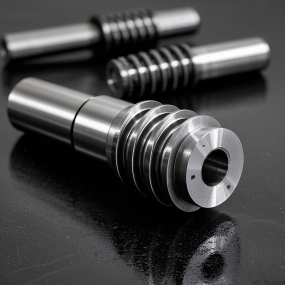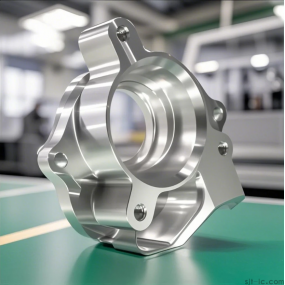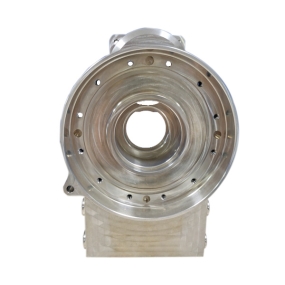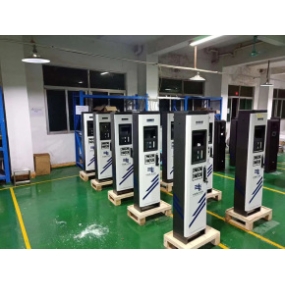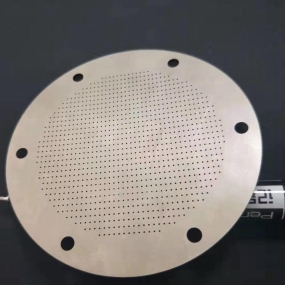Aviation parts processing is a complex and intricate process that involves multiple stages and highly specialized technology. The technical difficulties in the processing of aviation parts are mainly reflected in the following aspects: 1. Material characteristics and material diversity: There are many types of materials used in aviation parts, including aluminum alloys, titanium alloys, high-temperature alloys, and composite materials. These materials have different physical and chemical properties, which require different processing techniques and equipment. Difficult to process materials: Some materials, such as titanium alloys and high-temperature alloys, have high hardness, high cutting force, and poor thermal conductivity, which result in rapid tool wear and high cutting temperatures during the machining process, increasing the difficulty of processing. 2. High precision requirements for complex geometric shapes: Aviation parts typically have complex geometric shapes and strict dimensional accuracy requirements. For example, key components of aircraft engines such as compressors, combustion chambers, and turbines are often shaped as irregular annular structures with poor rigidity, high precision, complex profiles, and difficult machining. Large sized parts: Aircraft fuselage structural components such as beams, frames, ribs, wall panels, etc. have large dimensions and large outline dimensions, belonging to thin-walled multi cavity integral frame structures, with large mechanical cutting removal capacity and high surface quality requirements. 3、 The challenge of machining technology lies in controlling cutting force and temperature: effectively controlling cutting force and cutting temperature is a key technical challenge when machining difficult to machine materials. Excessive cutting force and temperature not only lead to increased tool wear, but may also cause deformation of parts and a decrease in surface quality. Tool selection and wear: It is crucial to choose the appropriate tool for different materials and processing needs. Meanwhile, the issue of tool wear is also a key concern during the machining process. Rapid tool wear can affect machining accuracy and surface quality, and even lead to machining failure. 4、 Strict quality control standards for quality control and testing: Aviation parts have extremely high quality requirements, requiring strict quality control and inspection processes to ensure that each part meets design requirements. This includes multiple stages such as raw material inspection, process monitoring, and finished product inspection. High precision testing equipment: In order to achieve high-precision quality control and testing, it is necessary to use high-precision measuring instruments and equipment, such as high-precision measuring instruments, microscopes, etc. These devices require regular calibration and maintenance to ensure their accuracy and reliability. 5、 Process innovation and optimization of new technology applications: With the advancement of technology and the development of processes, more and more new technologies are being applied in the field of aviation parts processing. For example, the application of CNC Machining technology, laser machining technology, additive manufacturing technology, etc. provides new ideas and methods for solving traditional machining problems. Process optimization: By optimizing the processing technology, processing efficiency and part quality can be improved. For example, optimizing cutting parameters, improving tool design, and adopting new cooling methods can all reduce machining difficulty and improve machining efficiency to a certain extent.
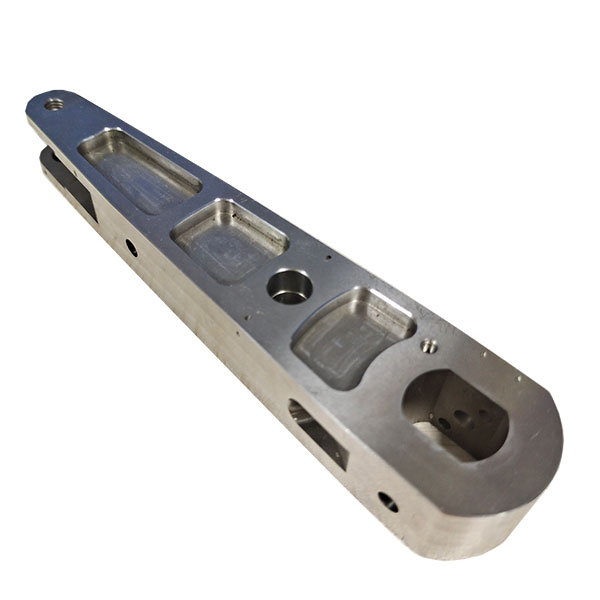


 Spanish
Spanish Arabic
Arabic French
French Portuguese
Portuguese Belarusian
Belarusian Japanese
Japanese Russian
Russian Malay
Malay Icelandic
Icelandic Bulgarian
Bulgarian Azerbaijani
Azerbaijani Estonian
Estonian Irish
Irish Polish
Polish Persian
Persian Boolean
Boolean Danish
Danish German
German Filipino
Filipino Finnish
Finnish Korean
Korean Dutch
Dutch Galician
Galician Catalan
Catalan Czech
Czech Croatian
Croatian Latin
Latin Latvian
Latvian Romanian
Romanian Maltese
Maltese Macedonian
Macedonian Norwegian
Norwegian Swedish
Swedish Serbian
Serbian Slovak
Slovak Slovenian
Slovenian Swahili
Swahili Thai
Thai Turkish
Turkish Welsh
Welsh Urdu
Urdu Ukrainian
Ukrainian Greek
Greek Hungarian
Hungarian Italian
Italian Yiddish
Yiddish Indonesian
Indonesian Vietnamese
Vietnamese Haitian Creole
Haitian Creole Spanish Basque
Spanish Basque

